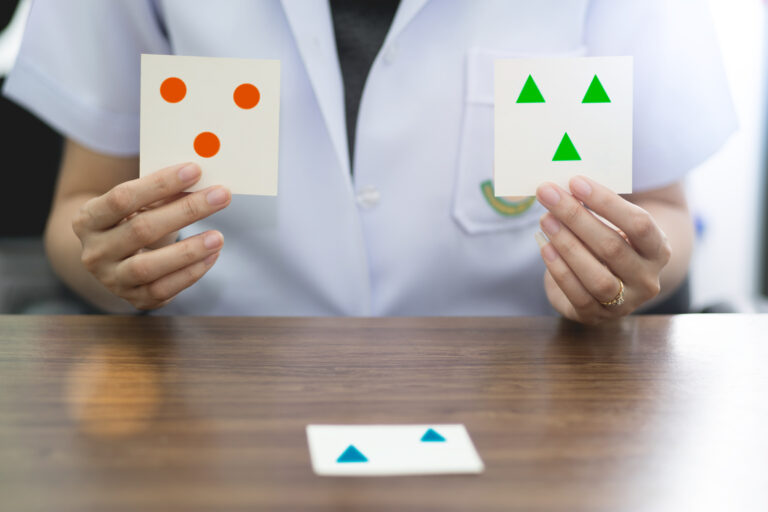Imagine your body as a vast, bustling chemistry lab, where countless reactions happen every second to keep you alive. But sometimes, this intricate chemical dance can feel like a science experiment gone wrong. How did your body become such a complex and occasionally chaotic chemistry experiment? Let’s break it down in simple terms.
Your body is mostly made of water and organic compounds like proteins, fats (lipids), carbohydrates, and nucleic acids. These molecules are the building blocks of life—they form your cells, tissues, and organs. Inside each cell is an ongoing series of chemical reactions that provide energy and maintain balance.
One key player in this biochemical symphony is ATP (adenosine triphosphate). Think of ATP as the energy currency for your cells. When you eat food—especially sugars like glucose—your body breaks it down through processes like glycolysis and the Krebs cycle inside tiny structures called mitochondria. This breakdown releases energy that gets stored in ATP molecules.
ATP then powers everything from muscle movement to transporting substances across cell membranes by releasing its stored energy when one phosphate group breaks off—a bit like spending money to get things done inside your cells.
But here’s where things can go awry: these reactions require precise conditions—correct amounts of nutrients, water balance, temperature control—and enzymes acting as catalysts to speed up specific reactions without getting used up themselves. If something disrupts this delicate setup—for example, if enzymes don’t work properly or if there’s an imbalance in electrolytes or nutrients—the whole system can falter.
Moreover, DNA inside your cells carries instructions for making proteins that regulate these chemical processes. Mistakes or damage to DNA can lead to faulty proteins that don’t perform their jobs correctly—another way the “experiment” might go off track.
Your body’s chemistry also depends heavily on maintaining homeostasis—a stable internal environment despite changes outside you experience daily. When homeostasis fails due to illness or environmental stressors (like dehydration or toxins), chemical reactions may speed up too much or slow down dangerously.
So why does it sometimes feel like a “chemistry experiment gone wrong”? Because even though evolution has finely tuned these systems over millions of years, they remain vulnerable:
– Enzymes might malfunction.
– Energy production could be inefficient.
– Nutrient imbalances throw off reaction rates.
– Genetic mutations cause errors in protein synthesis.
– External factors disrupt fluid and electrolyte balances critical for reaction stability.
All these factors combine into what feels at times like chaos beneath our skin—a complex network where tiny molecular missteps ripple out into symptoms we recognize as fatigue, illness, inflammation—or worse conditions when multiple systems fail simultaneously.
In essence: Your body is an extraordinary living chemistry set designed for survival but always walking a tightrope between perfect harmony and disorder because life itself depends on countless microscopic chemical events happening just right every moment—and sometimes they don’t quite hit the mark perfectly.





